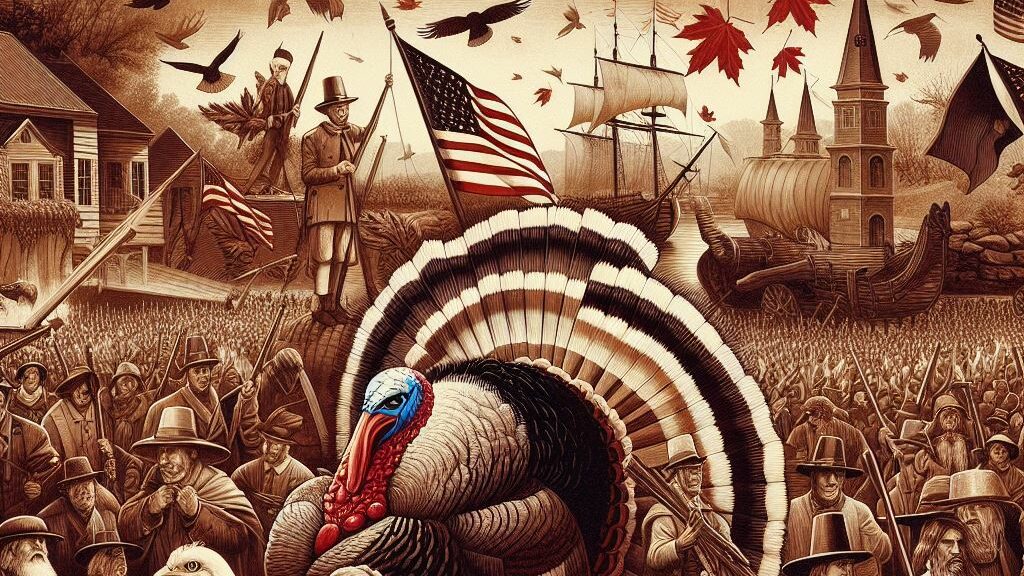The true story of Thanksgiving weaves together a tapestry of complex historical events, revealing both moments of unity and tragic conflicts that have shaped the American experience.

It begins with the early 17th-century Pilgrims and Wampanoag coming together for a harvest feast in 1621—a moment of cooperation amidst the challenges of colonization. However, as the colonies expanded, tensions escalated, leading to the Pequot Massacre of 1637, a brutal episode reflecting the darker side of European-Native American relations.
The narrative then moves to the mid-17th century, where King Philip’s War (1675-1678) unfolded, illustrating the profound consequences of cultural clashes and land disputes. The aftermath of this conflict left lasting scars on both Native American and colonial communities, setting the stage for the complexities of future interactions.
Fast forward to the early 19th century, and the Battle of Tippecanoe in 1811 becomes a precursor to the War of 1812 on the western front. As the young nation faced external threats, it also grappled with internal tensions, including conflicts with Native American tribes resisting westward expansion.
In the midst of this historical backdrop, President Abraham Lincoln declared Thanksgiving a national holiday in 1863 during the Civil War. This act aimed to foster unity and gratitude during a period of deep division, highlighting the power of a shared tradition to bring people together despite profound challenges.
The true story of Thanksgiving encompasses moments of cooperation, tragic conflicts, and national strife. It serves as a reminder that history is complex, and the holiday itself reflects the resilience of a nation navigating through adversity, seeking unity, and expressing gratitude even in the face of historical complexities.
